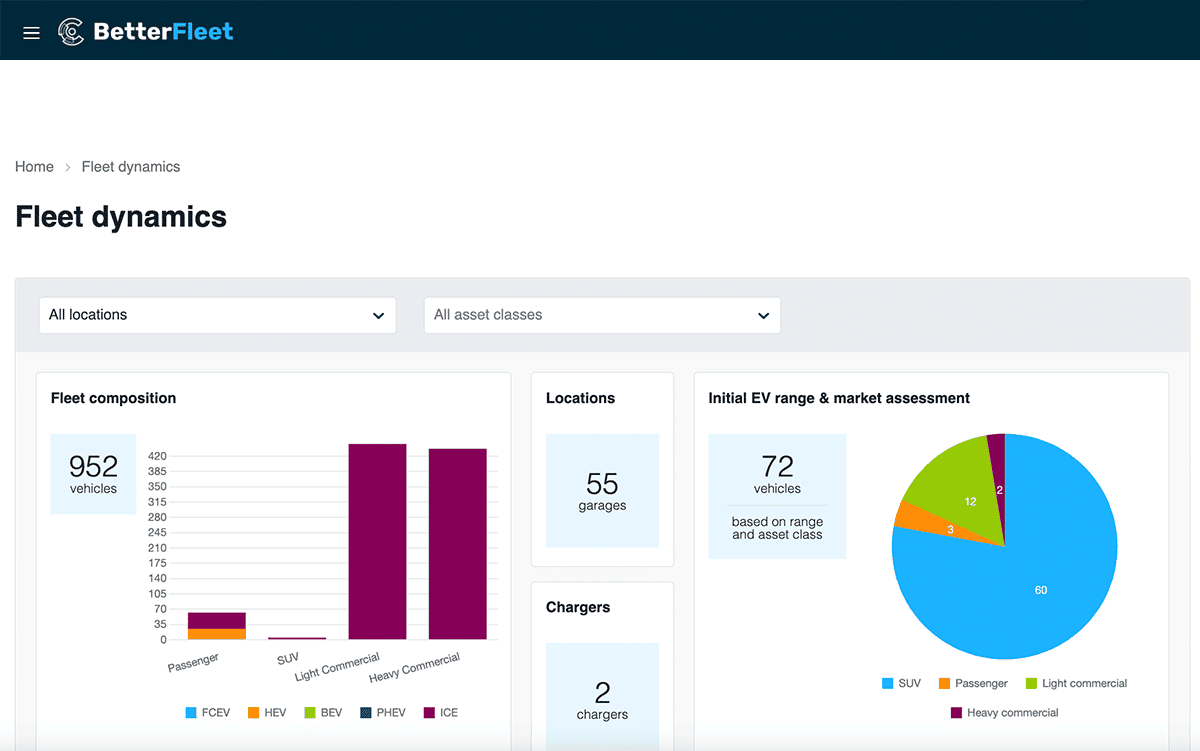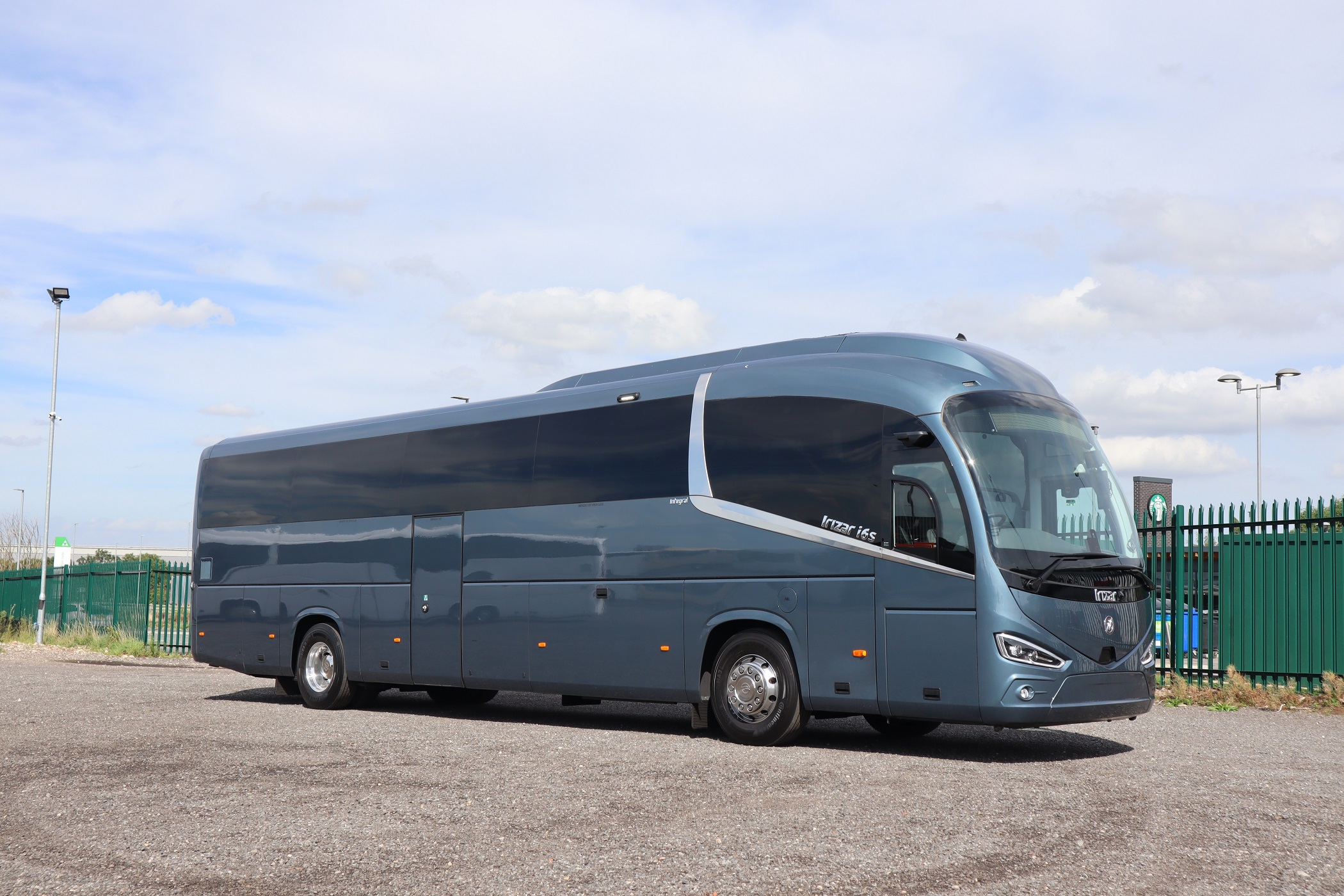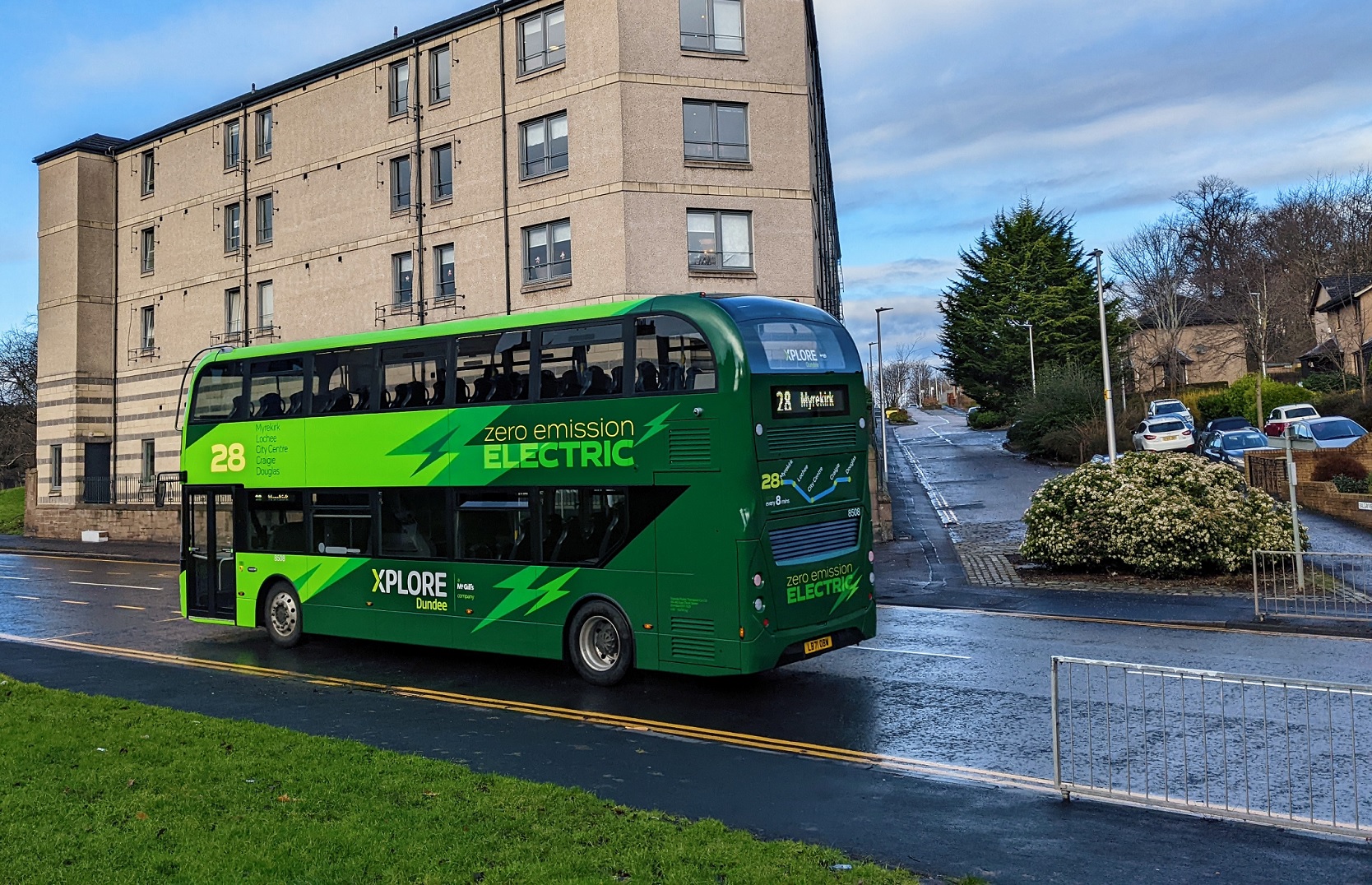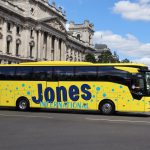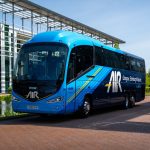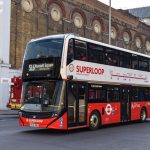10 top tips for a successful zero-emission bus transition
There is a strong focus on the transition to net zero in the UK given the national and local government targets (some before 2030), as well as the national prospective ban on the sale of new diesel buses.
In doing so, bus operators and transport authorities across the country are focusing on the adoption of zero-emission technology for their fleets.
Embarking into the zero-emission journey brings a number of challenges across each phase of the transition, requiring a shift in procurement, planning, operations, maintenance and performance evaluation.
How do we overcome these barriers to reduce the risk and increase financial, operational and environmental benefits?
At Evenergi, our focus is 100% on zero-emission transport. Working globally with hundreds of clients, we’ve identified the following steps for a successful transition.
- Approach with a clear mind, without prejudice: The more transitions we’ve done, the more we see that individual context drives different outcomes. Try to stay away from perceived accepted approaches and explore tools to deal with zero-emission contexts and complexity.
- Approach your transition systematically and structurally: Charging/ refuelling, scheduling, battery-sizing and impact on labour require a systems approach. Parking arrangements at your depot need to consider charging/refuelling requirements of your fleet.
- Iterate towards solutions: There are many interdependencies and the market changes constantly, so be iterative in your approach – move away from single point in time analysis and adopt iterative frameworks.
- Data is power: The quality of the transition will relate to the quality of data analytics.
- Stakeholder buy-in: Organisational alignment is key in this transition. Work with suppliers that can create a shared understanding, using robust and bankable data. Route level models provide confidence to decision-makers, and depot emulation provides confidence to operations teams.
- Establish protocols and standards before procurement: Focus on being vendor agnostic but understand and demand standards compliance. Ensure you design your procurement framework to match your data needs to maximise the value of your fleet.
- Re-evaluate procurement strategies: There are multiple ways to approach procurement, i.e, purchasing assets, financial leasing and operating leases. Find a strategy that works for you.
- Measure what you manage: Measurement is critical for continual improvement, but also for funding mechanisms.
- Move from plans to frameworks: Adopt a framework model that allows you to keep the transition updated and current each year. Capture learnings and integrate them into the plan.
- Seize grant and funding opportunities: Familiarise yourself with grant opportunities to fuel your transition – there are plenty out there!
There’s a right and wrong way to approach these transitions. The wrong way will leave you with reports that are quickly out of date, oversized infrastructure and high-risk decisions that cost time and money. The right approach will ensure you have a framework that provides you with the agility and intelligence required to make good decisions, and operational insights to allow you to refine the strategy as you move forward.
BetterFleet (an Evenergi company) has been designed to provide a best-practice software-based framework for transitioning and managing zero emission fleets. It delivers a cost effective, fast and simple approach that sets you off on the right path, providing powerful decision-making tools for your team and consulting partners.
Coming soon to route-one.net
If you’re just getting started on your EV transition, or if you’re already looking into your options – an informed comparison with BetterFleet could present significant savings.
A BetterFleet powered EV asset replacement tool is coming soon to route-one.net. Here, you can input the details of a vehicle that you are looking to purchase. Comparisons based on educated assumptions include emissions, range and total cost of ownership.
In depth analysis is available now using the full BetterFleet platform. This includes energy and infrastructure planning, route emulation, fleet data analytics, emissions forecasting, and future asset replacement. For more information and to request a demonstration, visit BetterFleet.com





















